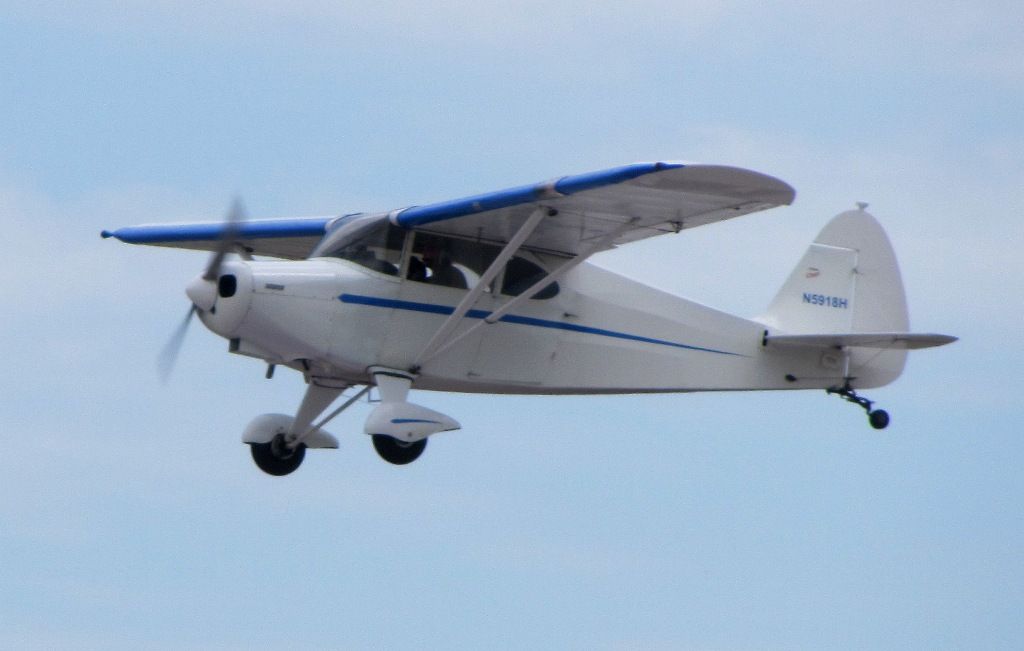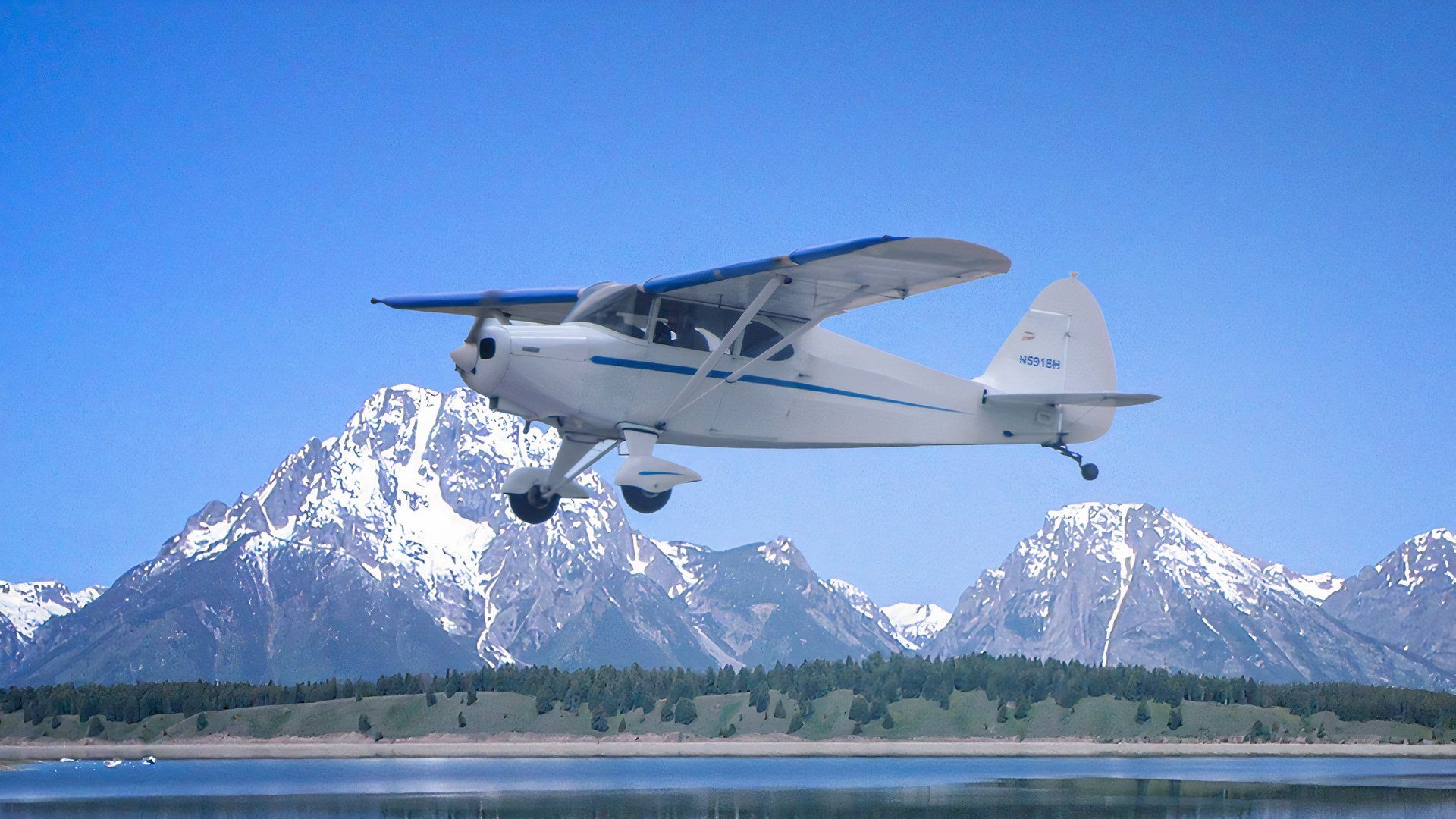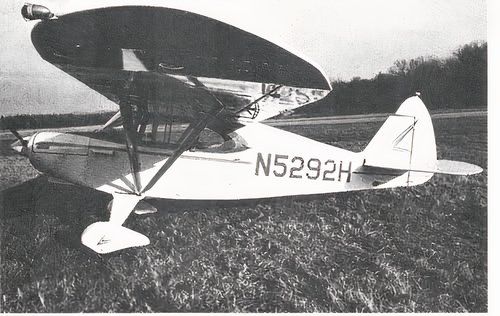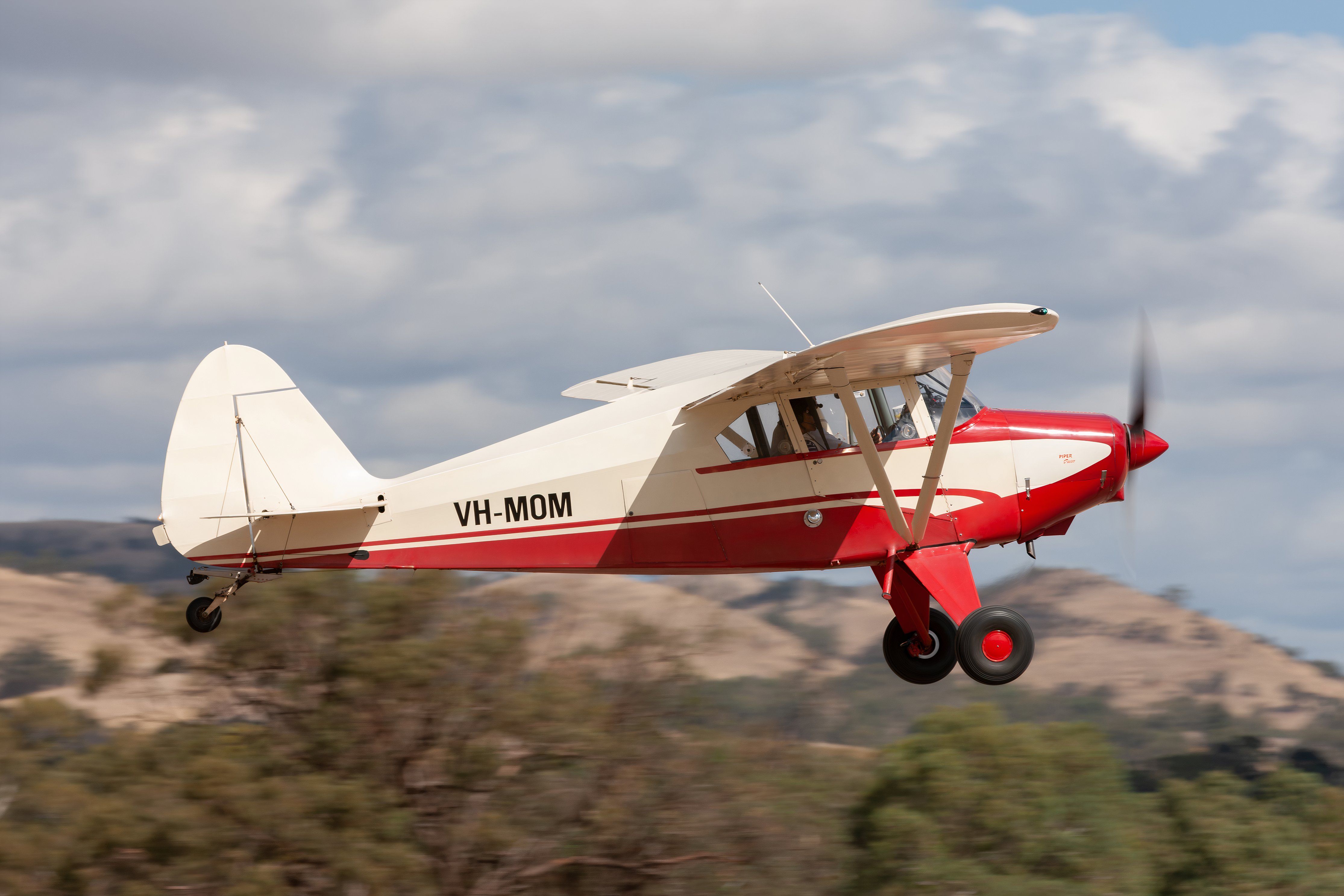Summary
- The Piper Clipper was affordable, priced similarly to a family car at $2,995.
- The Clipper was versatile and designed for various roles beyond family transportation.
- It was crucial in Piper’s transition to more advanced aircraft models in the 1950s.
The Piper PA-16 Clipper was a unique conventional-gear fabric aircraft built for only one year—1949. This short-lived aircraft model represented Piper’s effort to create an affordable four-seat airplane using existing parts and tooling. The Clipper was still considered part of the “Piper Cub” family. Here, we will take a comprehensive look at this interesting aircraft.
 Development and design
Development and design
Piper Aircraft Company developed the PA-16 Clipper in 1949 as an extended fuselage derivative of the PA-15 Vagabond. Piper created the Clipper for several reasons. The post-war general aviation market demanded more seating capacity than the military and flight training roles that earlier Cubs filled. Affordable family transportation was a selling point, and William Piper aimed to create a smaller, lighter, and more affordable four-seat aircraft that families could operate economically.
The price of a Piper Clipper was close to that of a family car
The company set the Clipper price at just $2,995 for the standard model. The ability to take Mom and the kids on flights was a big selling point for Dad getting an airplane.
An evolution of earlier Piper models, particularly the PA-15 Vagabond, the Clipper represented a relatively inexpensive way to expand the Piper product line. Piper extended the Vagabond’sVagabond’sto accommodate four seats instead of two.
Another plus for private flying enthusiasts was its inexpensive operation. The Clipper could fly 480 nautical miles with four passengers at speeds over 100 mph, with an operating cost of about one dollar per mile—very economical for the time.
Photo by Bud Davisson/Air Progress Magazine
An aircraft designed for utility roles
Piper’s vision made the Clipper adaptable to different roles beyond family transportation, including private charter flights, aerial photography, and forest patrol. Its configuration allowed for various uses beyond basic flights.
A transition to more sophisticated and capable private aircraft
The Clipper transitioned between Piper’s two-seat Cub designs and their later, more advanced two- and four-seat models, like the PA-22 Colt and Tri-Pacer. While the Clipper was only produced in 1949, the decade of the 1950s saw the production of the conventional-gear PA-20 Pacer and its derivatives, the Colt and Tri-Pacier. The Clipper allowed Piper to test the market for affordable four-seat aircraft.
Photo: Ryan Fletcher | Shutterstock
By developing the PA-16 Clipper, Piper aimed to expand its product line, meet evolving customer needs, and continue its mission of making flying accessible to more people through affordable and practical aircraft designs.
These aircraft were created during a time when Piper Aircraft was facing financial difficulties and needed to produce competitive new models using existing components.
Design features of the PA-16 Clipper included:
- Extended fuselage to accommodate four seats (though often described as “two-and-a-half to three” seats by pilots)
- Side-by-side seating arrangement, unlike the tandem seating of the J-3 Cub
- Extra wing tank for increased range
- Lycoming O-235 engine, the same powerplant later used in the Cessna 152
- Control sticks rather than yokes, maintaining the “Cub” family feel
Production, pricing, and performance
Piper produced 736 PA-16 Clipper airplanes in 1949.
The PA-16 Clipper offered modest but practical performance for its time
- Cruise speed: 102 knots (117 mph, 188 km/h)
- Range: 417 nautical miles (480 mi, 778 km)
- Service ceiling: 11,000 ft (3,385 m)
- Rate of climb: 580 ft/min (2.9 m/s)
- Useful load: 798 lb (362 kg)
Despite its short production run, the PA-16 Clipper has maintained a devoted following. The Federal Aviation Administration reports that more than 300 Clippers are still in service in the United States. The aircraft is famous among vintage aviation enthusiasts and is supported by organizations like the Short Wing Piper Club. One reason so many of the types are still in the air is the renewability of steel tube and fabric construction. An advantage of tube and fabric airplanes of the era is that, even in the event of damage or aging of the aircraft, it can still be rebuilt.
Interesting facts
- Pan American Airlines objected to Piper using the trademark “Clipper” name, which led to Piper refining the model into the PA-20 Pacer.
- Unlike many of its contemporaries equipped with control wheels, the Clipper retained the control sticks common in Cub-derived aircraft.
- Some owners have modified their Clippers with more powerful engines, significantly improving performance.
- The short-coupled Piper taildraggers, with their stubby wings and fuselages, could be a handful on landings, particularly in crosswind conditions. The dreaded “ground loop” was not uncommon. Piper fixed the problem in follow-on designs by installing a nose wheel. Piper tailwheel pilots scoff at the tricycle landing gear airplanes.
The Piper PA-16 Clipper represents an interesting chapter in Piper’s history, demonstrating the company’s ability to innovate and adapt during the challenging 1940s and ’50s. While its production run was brief, the Clipper lives on through the dedicated owners who continue to fly and maintain these unique aircraft.



